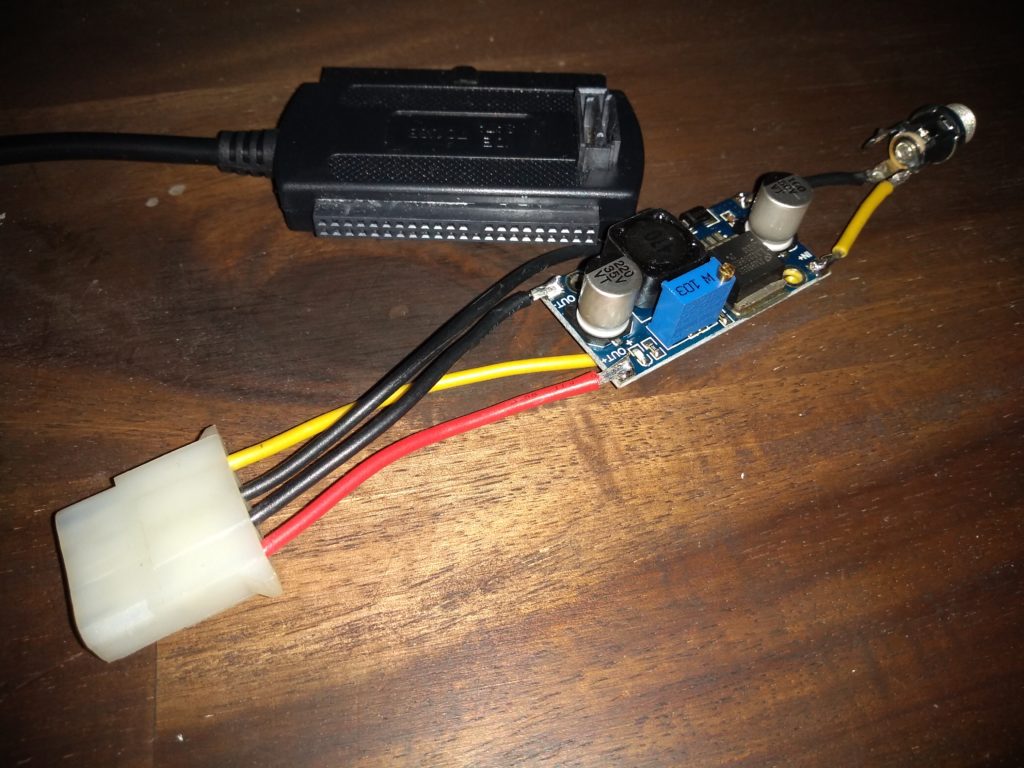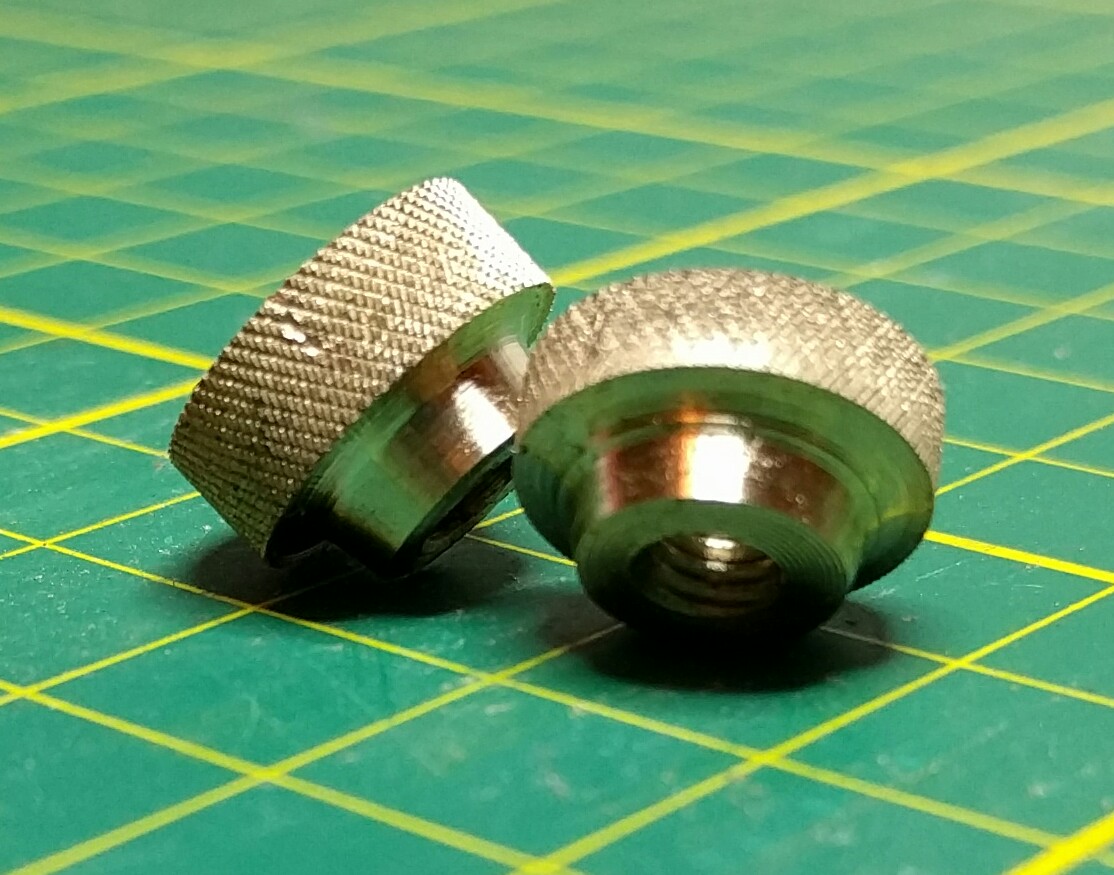Some time ago, I bought a cheap “Clamp type” Knurling tool from eBay there are many sellers.
I stuck it in a tool holder and bashed it onto a couple of bits of aluminium rod. One bit knurled really nicely, the other didn’t. I’ve not really played with it since.
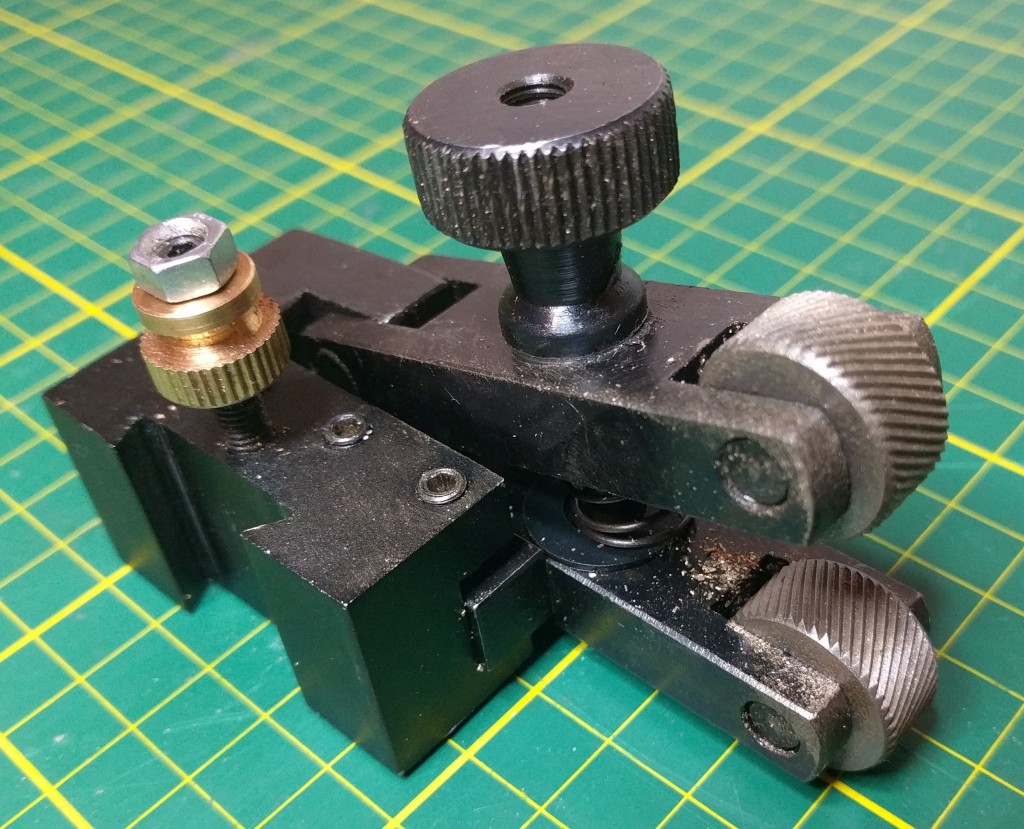
I’ve recently been making tool holders for my quick change tool post. I’ll blog about that when I get round to making half a dozen of them and can document the process. You can see the tool holder above, the ones I’m making are tighter and better…
Anyhow, these tool holders need a knurled brass knob to adjust the height of the tool.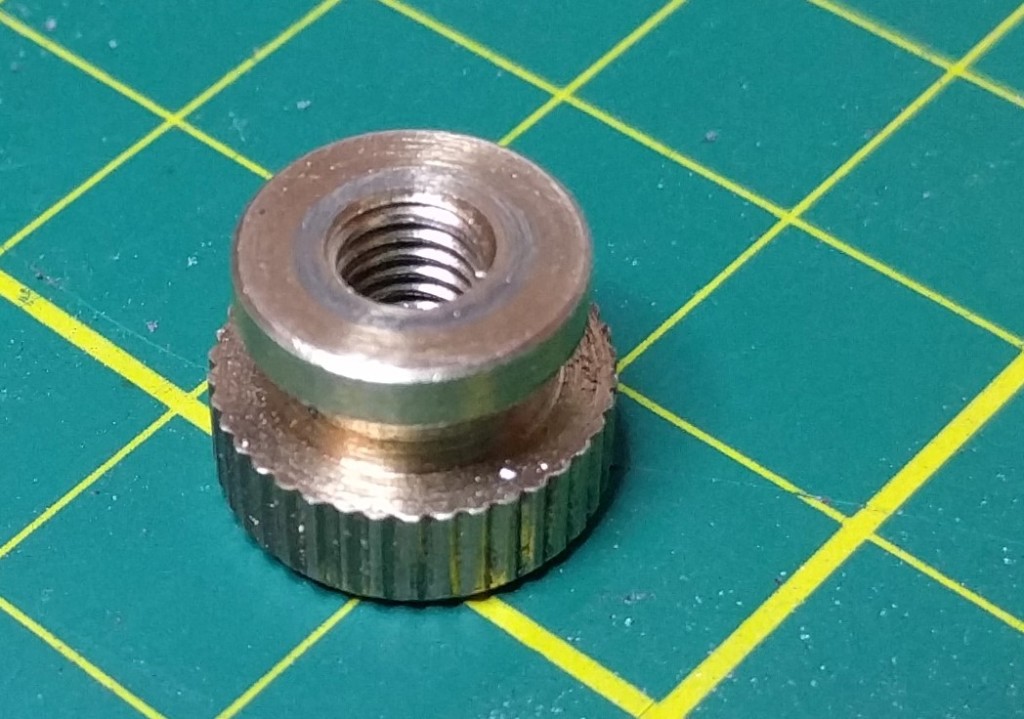
So let’s make some.
Somewhat naive, I just turned a rod to the approximate diameter required and clamped the knurling tool onto it. This merely produced a roughened indistinct surface. Clearly a bit more subtlety is required.
So I measured the knurling wheels in the tool – 19mm diameter. then I counted the number of knurling features on the wheel. There were 48 features.
So, each element of the knurling pattern occupies pi*19/48 of the circumference of the knurled part.
Using this, I turned my brass rod down to 13.06mm diameter, this is 33 knurling patterns. The results were OK, but not massively impressive. Alignment of the knurling tool is important, the pressure is important, the exact diameter is also important. I’m guessing a bit more experimentation is called for.
Anyhow, I tidied up the edges, added a bit of shape to make them similar to the original one, drilled and tapped them to M5 and while I’m not overly happy with the result, they are satisfactory for the purpose.
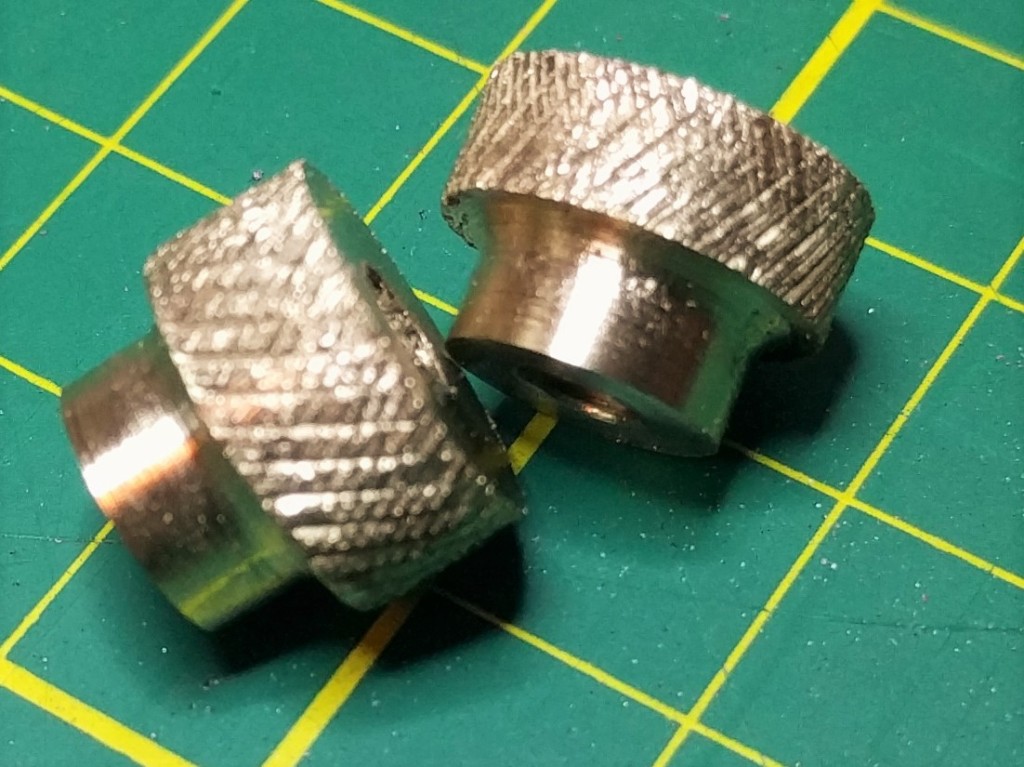
I think a bit more experimentation is called for to get a really crisp pattern, possibly allowing an offset of half the depth of the knurl when calculating the circumference is called for.
Still, I made a thing 🙂
